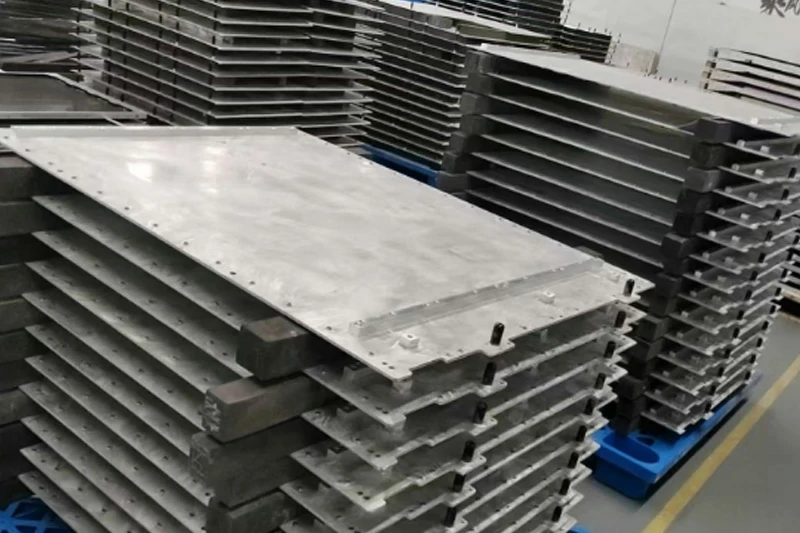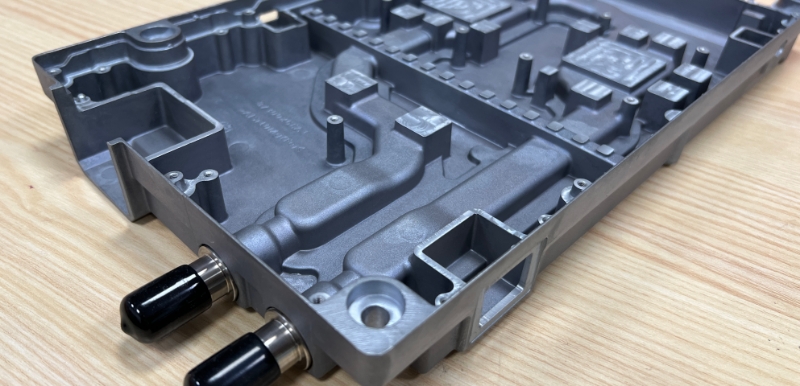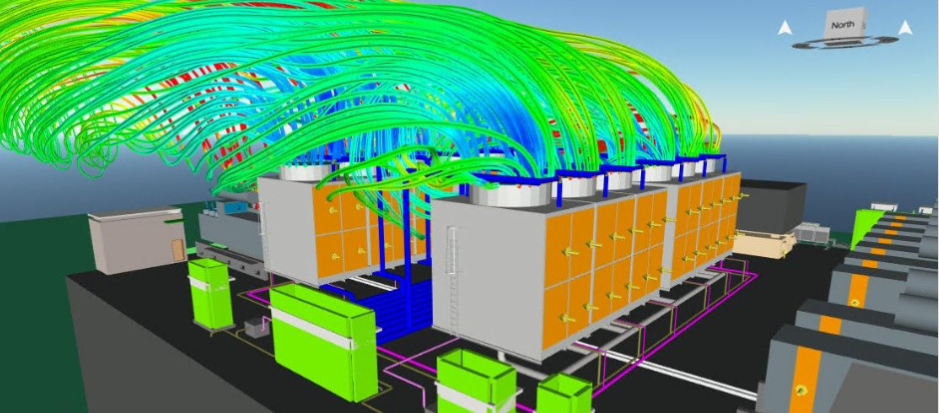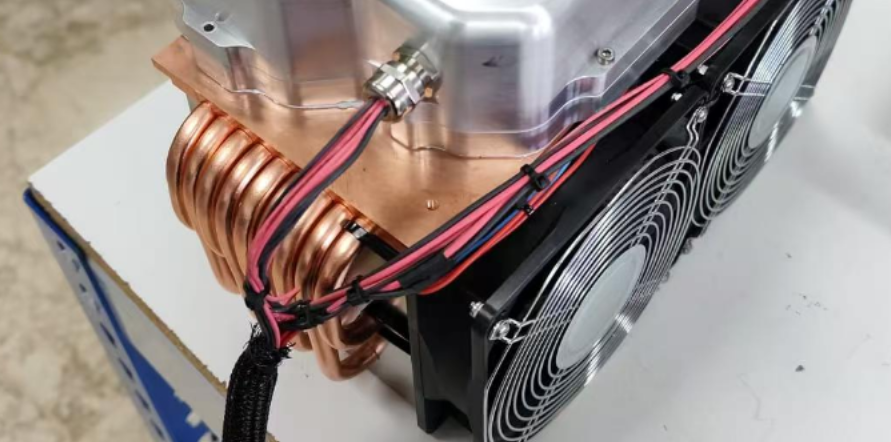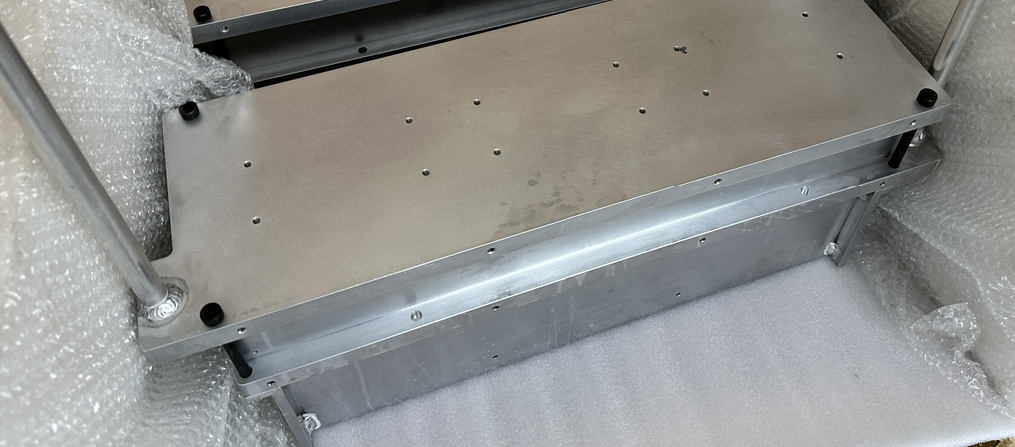With the rapid development of the new energy vehicle industry, charging efficiency and safety have become the focus of the industry. Liquid cooling plates, with their unique advantages, play a pivotal role in the new energy charging industry, driving technological innovation and development in the industry from multiple dimensions.
Efficient heat dissipation is one of the most prominent advantages of liquid cooling plates.
With the popularization of fast charging technology, the high heat generated during the charging process has become a major challenge. Traditional heat dissipation methods are difficult to quickly dissipate heat in a short time. Liquid cooling plates, however, can quickly carry away the large amount of heat generated by charging equipment through the circulation of the coolant. The coolant has a high specific heat capacity, which can absorb more heat. Combined with an efficient heat exchange design, it can control the temperature of the equipment within a reasonable range, effectively ensuring the stability of the charging equipment during high-load operation and ensuring a safe and efficient instant charging process.
Compared with air-cooled heat sinks, liquid cooling plates can solve many thorny problems. Air-cooled radiators rely on air flow to carry away heat. In complex environments such as high temperatures and high dust, the heat dissipation effect will be greatly reduced, and it is difficult to meet the heat dissipation requirements of high-power charging equipment. Liquid cooling plates, on the other hand, are not limited by environmental air conditions. Even in harsh environments, they can dissipate heat stably. In addition, air-cooled radiators generate a lot of noise during operation, which will have a negative impact on the user experience. Liquid cooling plates operate quietly, providing efficient heat dissipation while effectively reducing noise interference.
In terms of structural characteristics
liquid cooling plates have significant advantages. They can be flexibly arranged within a planar and small-size range and be designed to fit the internal structure of the charging equipment. Whether it is the compact space of the charging pile or the limited area of the in-vehicle charging module, liquid cooling plates can be perfectly adapted, making full use of the space and achieving efficient heat dissipation without affecting the overall structural design and installation of the equipment, providing a strong support for the miniaturization and integration development of new energy charging equipment.
Reliability is another important characteristic of liquid cooling plates.
Their closed circulation system effectively avoids the risk of coolant leakage and reduces problems such as corrosion and pollution caused by the coolant coming into contact with the external environment, extending the service life of the equipment. At the same time, the heat dissipation performance of liquid cooling plates is stable, and there will be no obvious attenuation after long-term use. It can continuously provide reliable heat dissipation protection for the charging equipment, reducing the probability of equipment failures caused by overheating and enhancing the overall reliability and stability of the new energy charging system.
In conclusion, liquid cooling plates, with their advantages in efficient heat dissipation, solving problems that air-cooled radiators can’t handle, flexible structure, and high reliability, have become a key technology that is indispensable in the new energy charging industry. They provide a solid support for the continuous development and progress of the industry and lay a good foundation for the widespread popularization of new energy vehicles.

